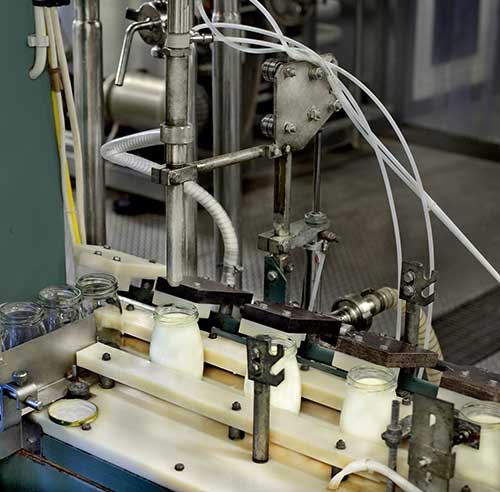 I can remember the days, decades ago, when you could stop at a country farm stand and buy a gallon of fresh squeezed cider that tasted exactly like fresh apples. Then one year the department of health stepped in and issued a mandate that all cider sold commercially had to be pasteurized. Suddenly cider tasted more like apple juice and most of fresh flavor was gone. In my mind that was a sad day. A similar mandate had been issued for milk decades earlier. Before that you could buy a gallon of unprocessed milk from a local farmer with all the richness and cream still intact.
I can remember the days, decades ago, when you could stop at a country farm stand and buy a gallon of fresh squeezed cider that tasted exactly like fresh apples. Then one year the department of health stepped in and issued a mandate that all cider sold commercially had to be pasteurized. Suddenly cider tasted more like apple juice and most of fresh flavor was gone. In my mind that was a sad day. A similar mandate had been issued for milk decades earlier. Before that you could buy a gallon of unprocessed milk from a local farmer with all the richness and cream still intact.
Pasteurization is a 150-year-old process that destroys pathogens through simple heat, making food safe for consumption. French chemist Louis Pasteur invented this simple technique in 1864. Pasteur originally developed his process to keep microbes from growing in beer and wine. Others before him had used boiling and higher temperatures to kill toxins, but it was Pasteur to found that lower temperatures could accomplish the same thing with less degradation in the taste.
Today a large percentage of our food chain is processed and sold after pasteurization. Some foods are even pasteurized using longer periods and higher temperatures in processes called ultra-pasteurization. This kills even more pathogens and allows for very long shelf life. Ultra-pasteurized milk, sometimes called safari milk, is processed at elevated temperatures, can be stored in ambient temperatures for six to nine months without spoiling.
Beginning in 2013, the FDA mandated that all commercially sold eggs should be pasteurized. Today everything from eggs to almonds are pasteurized for consumer protection. Pasteurization is a very valuable process and has done a great deal to improve the safety of the food we eat. At the same time, it has degraded the flavor and quality of some of our food supply, especially fruit and fruit juices. Many of the nutrients in foods are degraded as well, and health advocates tell their consumers to try and find raw food to consume.
There is an alternative to traditional high-temperature pasteurization. In the 1980s and 1990s, advanced research with modern equipment was undertaken to perfect pasteurization using high pressures rather than high temperatures. Pressure technologies were developed that could be applied in large scale food processing plants. The process was known as high pressure pasteurization (HPP). The first product to keep freshness and flavor using HPP was orange juice. Following orange juice, guacamole, and sliced cooked ham were successfully commercialized. Juice, smoothies, meat and shellfish are now commonly processed at high pressures to extend shelf life while maintaining flavor and freshness. A negative aspect of high pressure pasteurization is that the cost of processing is higher. Typically, only products that can command a higher price are processed this way.
At Optimation we have extensive experience with high pressure process and the design and fabrication of high pressure vessels and systems, as well as systems for the food industry. High pressures are common on oil and gas wells, hydrogen and other compressed gas storage as well as pasteurization systems. Typically, high pressure pasteurization has one of the highest pressures used. Pressures up to 87,000 PSI are used. Typical oil and gas wells only reach pressures of 40,000 PSI. This speaks to the level of skill and experience that is required to develop these types of processes.
{{cta(‘fe7716cb-eb5d-4f97-b8e0-2785858b03a0’)}}
